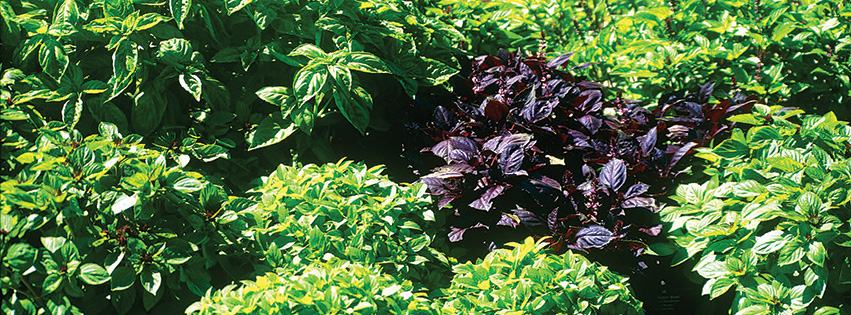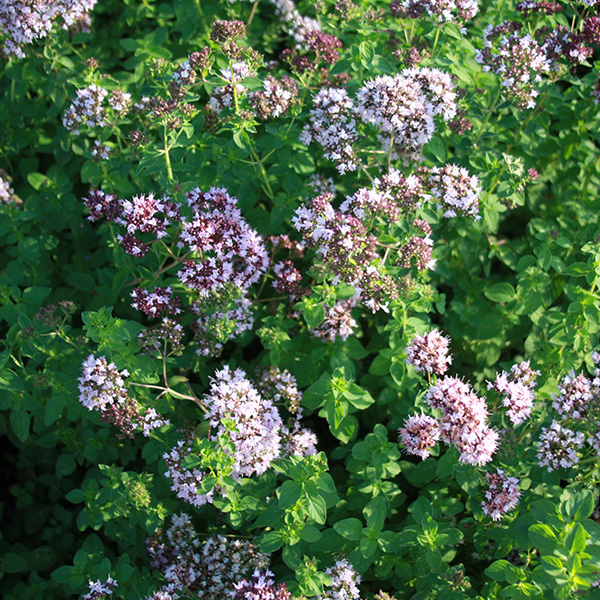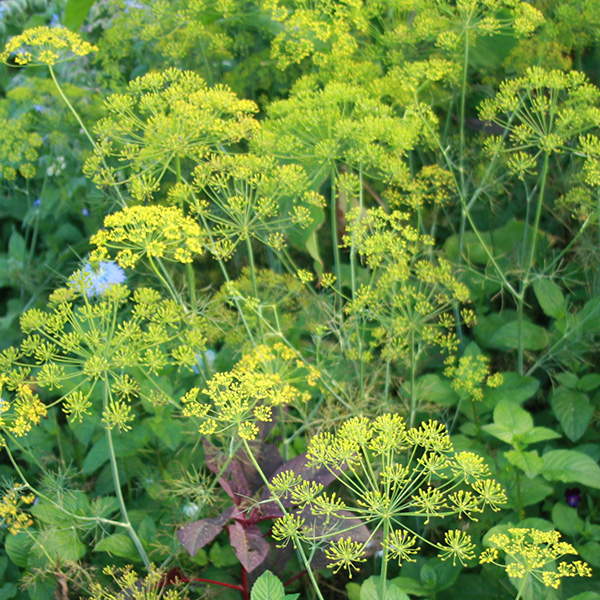
Undoubtedly there is a place for herbs in every garden. Their textures, colors, fragrances and flavors will bring incredible interest to your garden. With that in mind, my focus here will be on culinary herbs, those used for cooking.
Selecting A Site
You can easily create an herb garden to meet your needs—whether it’s a traditional herb garden, a cluster of pots, or integrating herbs into foundation planting. If possible, select a site where you can quickly cut fresh oregano for a pizza sauce, or pick basil leaves for bruschetta. Herbs respond well to harvesting and will usually grow thicker and bushier with frequent cutting.
I like to place herbs where you entertain or where they can easily be harvested: near a kitchen, along a patio/path or by a bench. If you have space limitations and have a deck or balcony, you can plant them in pots. As container plants, herbs can be grown alone or mixed with other plants, such as vegetables or colorful flowers. 
As with any plant, it’s important to site herbs in the right conditions. Many require full sun (six or more hours of sunlight daily), well-drained soils, light water and little fertilizer. Poorly drained soils can be amended with compost to improve drainage, but raised beds or containers may be the better alternative. On the practical side, many herbs are undemanding and drought-tolerant, making them great, low-maintenance options for the garden. However, with containers and pots, it’s necessary to water more frequently because they tend to dry out fast, especially in the summer; and it’s important to overwinter potted perennial herbs in a garage or basement.
Planting and Harvesting
Some herbs are annuals and live for one growing season, like basil or dill, but many are perennials (i.e. oregano, chives or sage) that come back every year. If you’re just starting out, I suggest planting the basics, using perennial herbs as the backbone for your garden. Then add to that the annuals, like basil, dill or cilantro. (Dill is an annual, but if allowed to drop seed, it will re-seed and come back next year). Mint is a hardy perennial that can be invasive; thus I prefer to keep it confined in a pot which gets overwintered in the garage.
Once the plants are established and growing, you can harvest leaves at any point in the growing season. It’s always best to harvest herbs in the morning, after the dew has dried and flavorful oils are at their peak. Use them fresh or place them in water like a fresh bouquet, and they will last for a couple days. 
Herbs can be very productive, and your harvest can easily be dried, especially at the end of the season. Gather small bunches, lightly wash and lay them on a towel until the water has evaporated. Bundle herbs (10-15 stems each) with rubber bands or twine and hang them upside down to dry in a dark, warm, airy location. Once they’ve dried, strip off the leaves and store in labeled bottles, away from heat and sunlight.
Be it fresh mint for a mojito, slivers of basil over garden tomatoes, or your very own oregano sprinkled over pizza, you will never want to be without herbs in the garden! PM
Bob Streitmatter is manager at Luthy Botanical Garden, a Peoria Park District facility located at 2520 N. Prospect Road, just north of the Peoria Zoo.
- Log in to post comments

